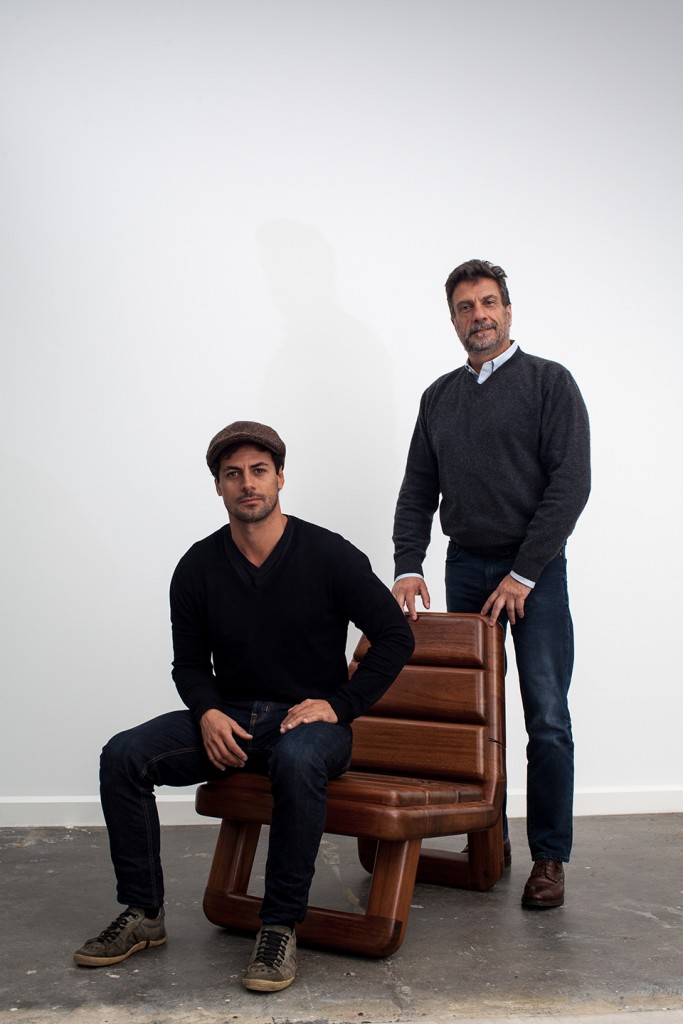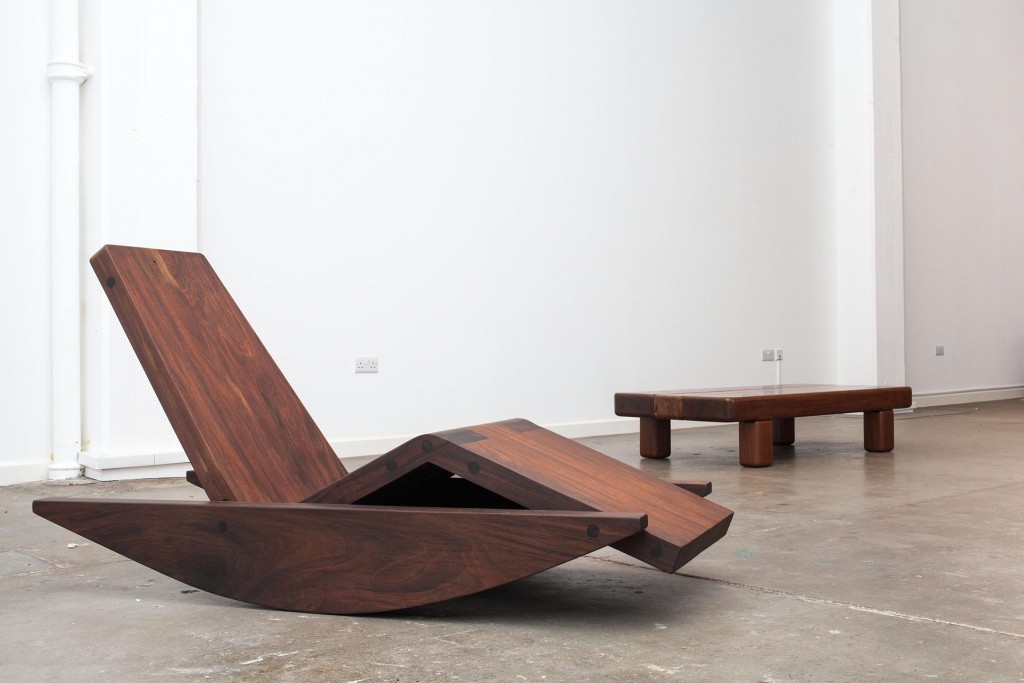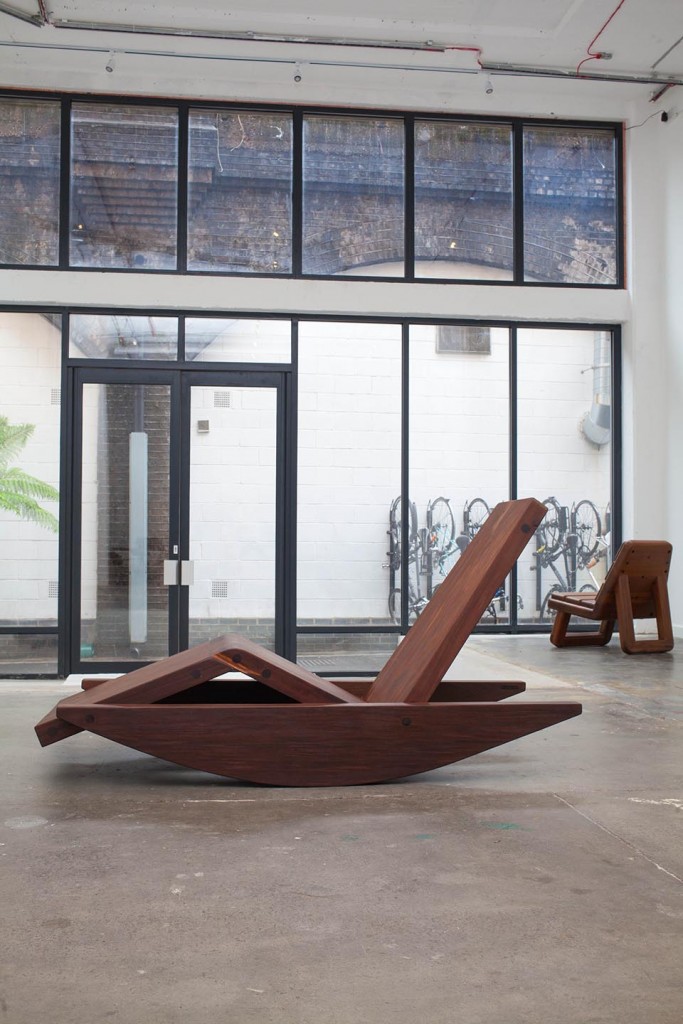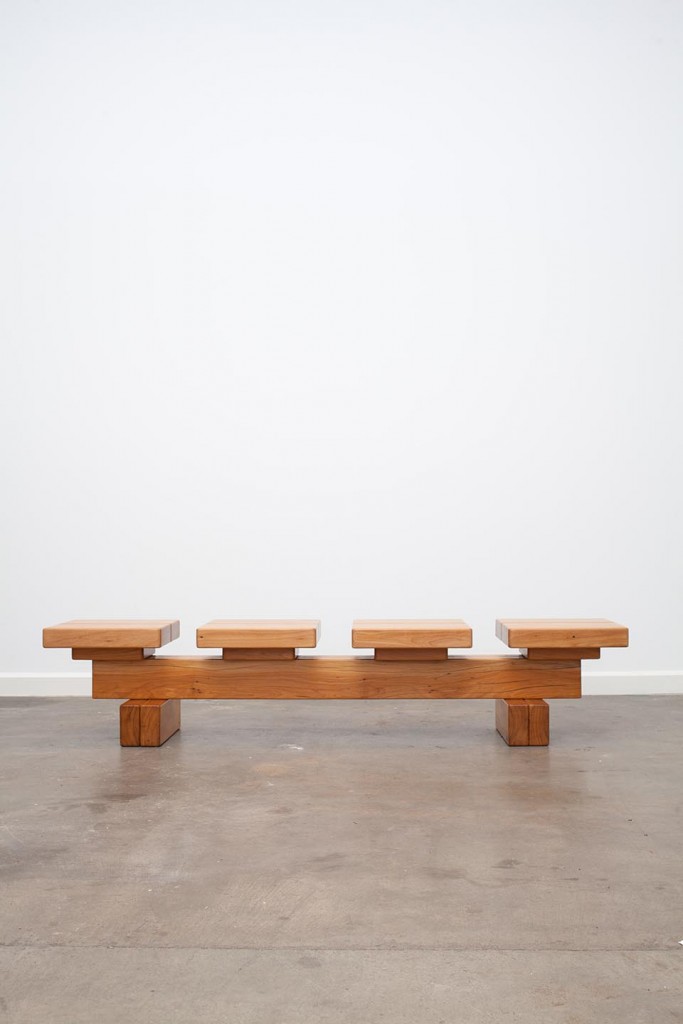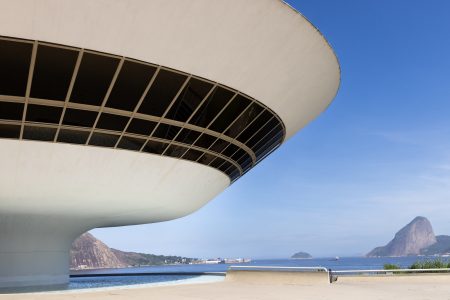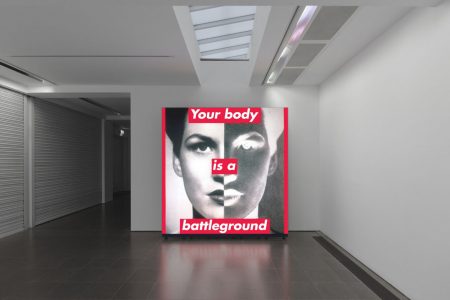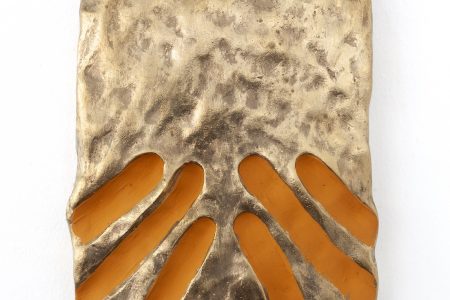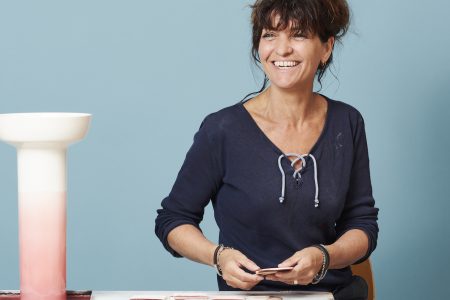
Zanini de Zanine: Rio’s Design Star
Following in the footsteps of father and ‘master-of-wood’ Zanine Caldas, Zanini de Zanine’s material intervention have put Rio de Janeiro on the design map.
The designer’s new collection was presented at London Design Festival in September 2015 by Espasso, a design gallery for modern and contemporary Brazilian furniture, art and design objects. The launch of the new, limited edition furniture collection coincides with the introduction of Zanine’s new book, Limited Editions, by Maria Cecilia Loschiavo.
The new collection consists of furniture handcrafted of reclaimed wood – a chair, chaise, table and a bench. Traces of the original use of Ipê wood, such as nail wholes and imperfections, are preserved in the Balanço chaise instead of concealing them. The Peroba bench, made of Peroba wood, resembles a plus upholstered design as it plays with notions of hard and soft.
Coming into his own with high-end furniture, Brazilian design’s enfant terrible talks about his work and recent Maison&Objet Americas 2015 Designer of the Year accolade.
TLmag: Growing up surrounded by your father’s intellectual entourage was already a strong design education. How does this background influence your creative process today?
Zanini de Zanine: I was extremely lucky to experience my architect and designer father’s routine but also everyone who worked in the same universe. What I absorbed from his circle of friends – writer, sculptor, painter and musician, as well as other architects and designer – runs deep through my veins. From early on, I learned to appreciate the pilars of culture and decide to pursue a life-long passion for creation – developing a taste for furniture. Opening my own PUC practice in Rio de Janeiro, my entire body of work draws from Brazilian history.
TLmag: Rio de Janeiro serves as a backdrop for your designs with your studio situated in a favela. How do you interact with this community? Could you imagine your designs being used to improve their lives?
ZdZ: I established my atelier in the area to be close to one of my carpenters, who today, employs members of the community. The exchange is quite interesting as everyone in neighborhood witnesses the creation of new pieces. Naturally, the employees are invited to opening to discover the result of their labours.
TLmag: You embrace solid wood, metal and other industrially-produced materials. What guidelines connect all of your designs.
ZdZ: Though my creative method is rather free-form and confusing, I enjoy experimenting with and transforming material. Most recently, I’ve been exploring marble. I don’t follow a set process; sometimes pieces arise naturally as drawings are executed in material that I didn’t necessarily plan for at the start. Final results derive from collected influences, humour, staff input and storytelling.
TLmag: What’s the first thing that comes to mind when we speak of inspiration?
ZdZ: In sync with my work, technology weights heavy on the evolution of products and aesthetics. Though, I would not like to imagine a world without handicrafts – the essence of the everything, symboling individuality and the sensitivity of human hands – I believe a perfect fusion between the two could be achieved.
TLmag: What other figures have had an impact on you.
ZdZ: Other than my father, Sergio Rodrigues (who I interned with), the Campanas brothers, Ron Arad, Marc Newson and Maarten Baas are all designers I keep up with.
TLmag: What were the last three thing you bought?
ZdZ: Mainly objects related to art or the home: a 1950s Sergio Rodrigues side table made from Jacarandá wood, a Raul Mourão sculpture and a small series by Clido Meireles – a talent I truly admire.
TLmag: You were recently named Maison&Object Americas 2015 Designer of the Year. How does this honour standout for the rest?
ZdZ: It’s the biggest recognition I’ve received. Maison&Object is respected worldwide and carries a great tradition. I couldn’t be more flattered. The most rewarding aspect is having a new platform from which to communicate a bit about my culture.
TLmag: Where should one go when visiting Rio de Janeiro?
ZdZ: Mercado Moderno Gallery, Lapa for modern and contemporary design, La Suite Hotel in Joatinga for a great views of the bay, Braseiro de Gávea Bar in Baixo Gávea – finger food that cannot be missed, Espirito Santa Restaurant in Santa Teresa – kitsch atmosphere but great drinks. I’m a great lover of the sea and food.
The interview was originally published in TLmag 23, All that Jazz issue in June 2015.

